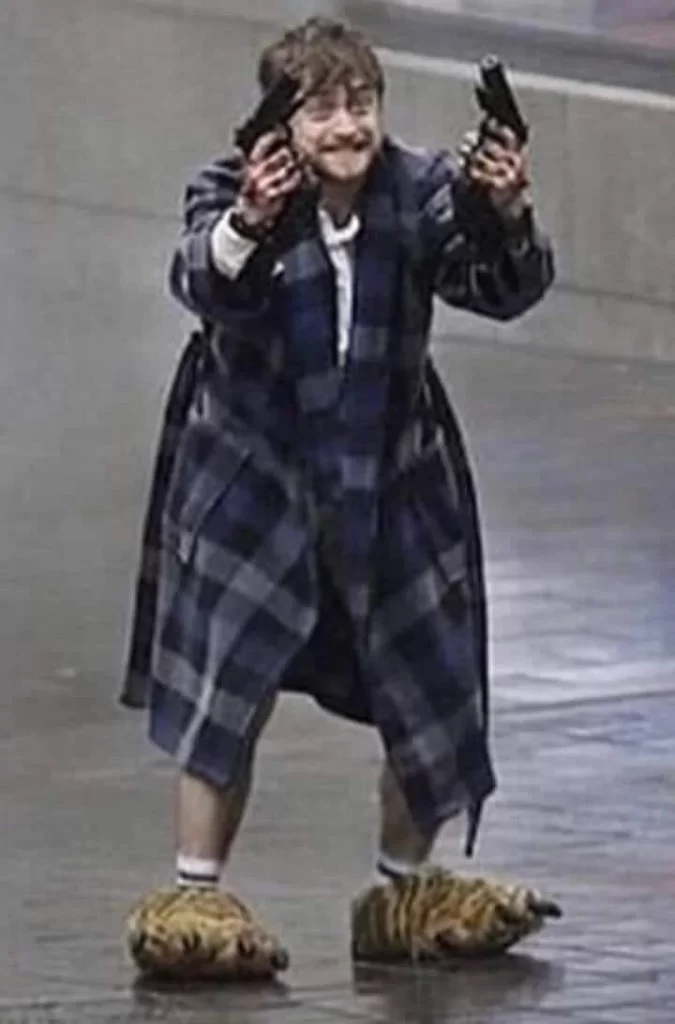In the realm of the digital age, where visual content reigns supreme, a peculiar phenomenon has emerged that captures the attention and curiosity of gamers, internet users, and enthusiasts alike. “Cursed game images” have emerged as a unique and intriguing subculture, often blending elements of horror, folklore, and the uncanny to create a digital enigma that has captured the collective imagination. This article delves into the world of cursed game images, exploring their origins, impact, and the psychology behind their appeal.

Unveiling the Origins
The term “cursed” in the context of game images does not imply supernatural influence or malevolent intent, but rather the unsettling feeling that some images evoke. These images are often characterized by distorted, unsettling, or even nonsensical visuals that challenge the viewer’s expectations. While cursed images have gained popularity across various internet platforms, their presence in the gaming community has generated a particular fascination.
The roots of this phenomenon can be traced back to the internet’s love for the bizarre and the unexpected. The early days of online gaming communities and image boards provided fertile ground for the creation and sharing of such content. As gamers exchanged experiences and anecdotes about their favorite games, a natural progression occurred towards sharing images that defied the norms of gaming aesthetics. These images challenged the polished and carefully crafted visuals of mainstream games, presenting glitches, oddities, and uncanny juxtapositions that both captivated and disturbed the viewer.
The Aesthetic of Uncanniness
Cursed game images tap into the concept of the uncanny—a feeling of familiarity combined with strangeness, leading to a sense of discomfort. This aesthetic emerges from the gap between what we expect and what we experience. In the gaming context, cursed images often feature distorted character models, misaligned textures, and surreal landscapes. These visual abnormalities disrupt the viewer’s visual expectations, creating a sense of unease and intrigue.
The uncanny aesthetic can be unsettling yet alluring, prompting viewers to question the boundaries of reality and fiction within the gaming universe. As game developers strive for realism and immersive experiences, cursed images remind us of the inherent artificiality of digital environments and the potential for things to go awry.
Community and Connection
The allure of cursed game images extends beyond their visual impact. These images have fostered a sense of community among gamers and internet users who appreciate the bizarre and the unconventional. Online platforms, social media, and image-sharing websites have provided the perfect medium for enthusiasts to share and discuss these images, creating a unique digital subculture.
The act of discovering, creating, and sharing cursed images often involves inside jokes and references understood only by those deeply embedded in gaming culture. The sense of belonging and shared humor that arises from these images can be a powerful bonding experience, drawing individuals together under the banner of the unusual and unexpected.
The Dark Side of the Coin
While cursed game images offer a space for creativity and camaraderie, there is also a darker side to their appeal. Some images may push the boundaries of good taste, incorporating disturbing, offensive, or triggering content. This highlights the fine line between curiosity and exploitation, and the importance of responsible content creation and sharing.
Additionally, the consumption of cursed images may sometimes lead to feelings of discomfort, anxiety, or even unease. The inherent nature of these images is to provoke a reaction, and while many viewers find this sensation thrilling, others may feel genuine distress. It’s important for creators and consumers alike to recognize their emotional limits and engage with such content in a healthy and mindful manner.
From Cursed to Creepy Pasta
The appeal of cursed game images has inspired a natural evolution: the creation of narratives and stories that build upon these unsettling visuals. Creepy pastas—short horror stories often shared on the internet—have embraced the aesthetic of cursed game images to craft immersive tales of haunted game cartridges, glitchy AI entities, and eerie in-game occurrences. These stories leverage the uncanny elements present in cursed images to create a sense of unease that lingers long after the story has been read or heard.
The marriage of cursed images and creepy pastas forms a symbiotic relationship, enhancing the impact of both mediums. While cursed images provide the initial shock and intrigue, the narratives of creepy pastas offer a deeper exploration of the psychological and emotional aspects of horror.
Conclusion
Cursed game images have carved a distinct niche in the expansive landscape of digital content. Their ability to simultaneously captivate and disturb, along with their power to foster communities and narratives, speaks to the profound impact of visual culture in the modern era. As technology continues to evolve and the boundaries between reality and virtuality blur, the allure of the uncanny and the unexpected will likely persist, ensuring that the enigmatic world of cursed game images remains a captivating phenomenon for years to come.
